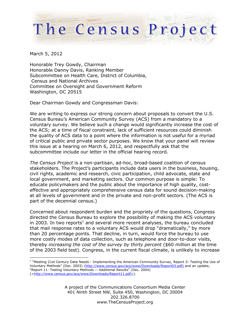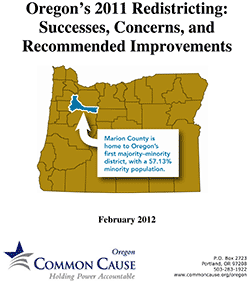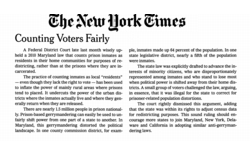New Roanoke Times (VA) editorial calls on the Virginia legislature to take a stand against prison-based gerrymandering by passing H.B. 13
by Leah Sakala,
January 6, 2012
This week, the Roanoke Times (Virginia) published a strong editorial calling on the Virginia legislature to take a stand for equal representation by passing H.B. 13. This legislation, sponsored by Delegate Riley Ingram, would more than double the number of counties eligible to reject prison-based gerrymandering by not artificially padding their districts with incarcerated populations.
Here’s the editorial:
Prisoners shouldn’t pad electoral districts
Let small localities with comparatively big prisons skip the prisoners when redistricting.
Prisoners skew the electoral map in some Virginia communities because they count as residents where they are incarcerated. They may not vote, though, so the rest of the people in a district with a prison receive greater political power than their neighbors.
Del. Riley Ingram, R-Hopewell, has introduced a bill to allow a few more localities to end such local prison-based gerrymandering. If H.B. 13 becomes law, localities would not have to count prisoners when they draw their legislative maps if the prisoners would constitute at least 12 percent of the ideal population of a district.
That would not affect redistricting for state or federal offices, only local offices.
The 12 percent threshold is a vestigial organ from existing law. In 2001, lawmakers gave localities the option to ignore prisoners in redistricting if 12 percent of all residents were prisoners. Ingram’s bill simply shifts the same percentage to a single district.
The nonpartisan Prison Policy Initiative identifies more than a dozen Virginia localities that could stop padding districts with prisoners. None is around these parts, but Pulaski and Pittsylvania counties both have incarceration facilities that could be eligible in 2021, when the next redistricting takes place.
Ingram sponsored a similar bill last year. It passed the House of Delegates on a 99-0 vote, but it died in the Senate Privileges and Elections Committee. Local senators split on the committee vote. Sen. John Edwards, D-Roanoke, supported the bill. Sen. Ralph Smith, R-Roanoke County, opposed it.
It faces better prospects this year. The evenly divided Senate is now under Republican control with the tie-breaking vote of Lt. Gov. Bill Bolling. Moreover, the NAACP has come out in favor of the change, contradicting concerns raised last year that blacks would oppose the measure.
Ideally, the General Assembly would simply allow all localities not to count prisoners in their local districts. After all, whether they are 5 percent or 15 percent of the population in a district, they artificially boost the population count and the political clout of some voters.
Ingram’s bill does not go that far, but it would move the commonwealth in the right direction.
For more information about the bill, check out our recent blog posts Virginia bill would help counties avoid prison-based gerrymandering, and Virginia counties may be given more choices in avoiding prison-based gerrymandering.






